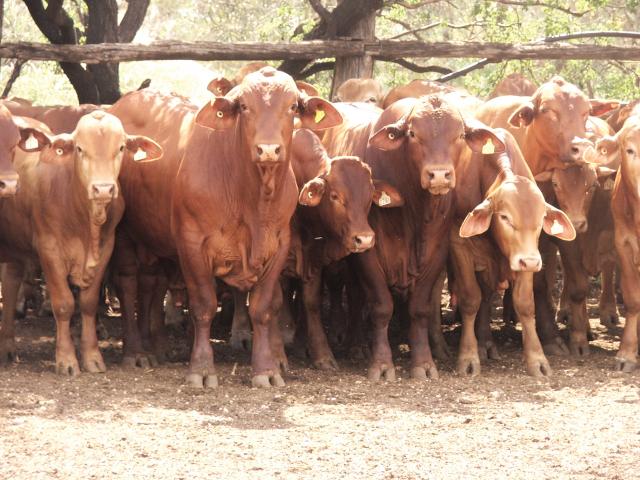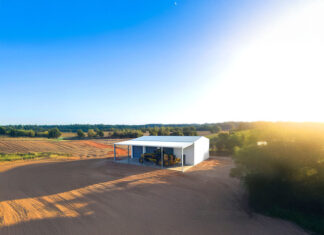
Global beef markets remain tight on strong ongoing consumer demand and constrained supply, however headwinds are building, Rabobank says in a newly-released report.
In its Q1 Global Beef Quarterly, the specialist agribusiness bank says while global beef prices remain high – with cattle prices across most key beef-producing regions at their highest levels in five years – cost pressures are building in the supply chain.
And, this will test the willingness of consumers to continue to pay “top dollar” for beef.
“Over the past two years, retail beef prices have been phenomenal,” the report says, largely driven by strong consumer demand and some supply shocks.
“In Q4 2021, beef retail prices in the US were 23 per cent higher than the five-year average and, in China, they were 24pc above the five-year average.”
“Demand pull” has caused much of this increase in prices, according to Rabobank senior animal protein analyst, Angus Gidley-Baird.
He said lockdown restrictions, additional disposable incomes from Covid stimulus packages and, in the case of China and African swine fever in pork, limitations on the availability of alternative proteins had driven increased consumer appetite for beef.
“With beef supply unable to keep up, the increase in demand has created an imbalance in the market and, as a result, beef prices have lifted,” Mr Gidley-Baird said.
In many cases, the increase in retail beef prices have been among the largest in history.
And, while beef prices continued to increase through 2021, prices for many other proteins remained stable or contracted.
“While price rises in beef have been dramatic, the fact they have been largely caused by consumer demand has meant they have been accommodated,” Mr Gidley-Baird.
“That is, consumers have been willing to pay higher prices to continue consuming beef.”
Inflationary pressures are building in the beef supply chain, the report warns, with labour, freight and energy costs among the largest to see increases, along with feed.
Many of these cost increases would be permanent and needed to be “accommodated” and absorbed into retail pricing, Mr Gidley-Baird said.
“Some of the cost pressures such as freight, energy and feed are cyclical and, over time, are expected to decline, allowing for some easing in 2022.
“However, a number of cost increases – those associated with labour and sustainability, for example – will remain and need to be accommodated within the supply chain.
“Further increases in beef prices run the risk of consumers substituting other proteins or reducing their overall consumption.
“And, we are starting to see signs they might be reaching their limit.”
The Q1 report says the Russia Ukraine conflict is unlikely to have a major impact on global beef markets, given Russia has a minor role in markets compared with five years ago.
Russia only accounts for about five per cent of global beef imports, with its major suppliers being Paraguay, Brazil and Argentina.
Indirect impacts are possible, however.
“Increased energy, fertiliser and feed costs as a result of the conflict could all impact the beef supply chain and, with Russia and Ukraine accounting for 29pc of global wheat exports, any trade embargoes could pressure feed prices,” Mr Gidley-Baird said.
“The uncertainty, along with slower global growth and inflation, could also see an erosion of consumer confidence resulting in an easing of consumer demand for beef.”
For Australia, the report says, “encouraging rains” across central, northern and eastern Australia in the first two months of 2022 will support cattle production in the largest producing states.
“After a number of dry years in northern Australia, we expect these rains to stimulate restocking and herd rebuilding, adding further producer demand to an already strong cattle market,” Mr Gidley-Baird said.
“Such restocking will also support increased production in the years to come.”
Australian cattle prices remain strong, supported by ongoing producer demand for restocking, coupled with the limited availability of cattle, the report says.
Cattle processing has had a slow start for the year, with Omicron cases in the community impacting the labour force.
“For the first five weeks of 2022, east coast weekly cattle slaughter in Australia was nine per cent below the same period last year and 40pc below the five-year average,” Mr Gidley-Baird said.
Australian beef exports ended 2021 down 15pc on 2020 volumes, the report said.
The largest declines were to the US (down 31pc), China (down 25pc) and Japan (down 13pc). Volumes lifted however to South Korea (up three per cent).
Live exports followed a similar trend – down 27pc overall, with volumes to Indonesia down 13pc and to Vietnam down 44pc.







